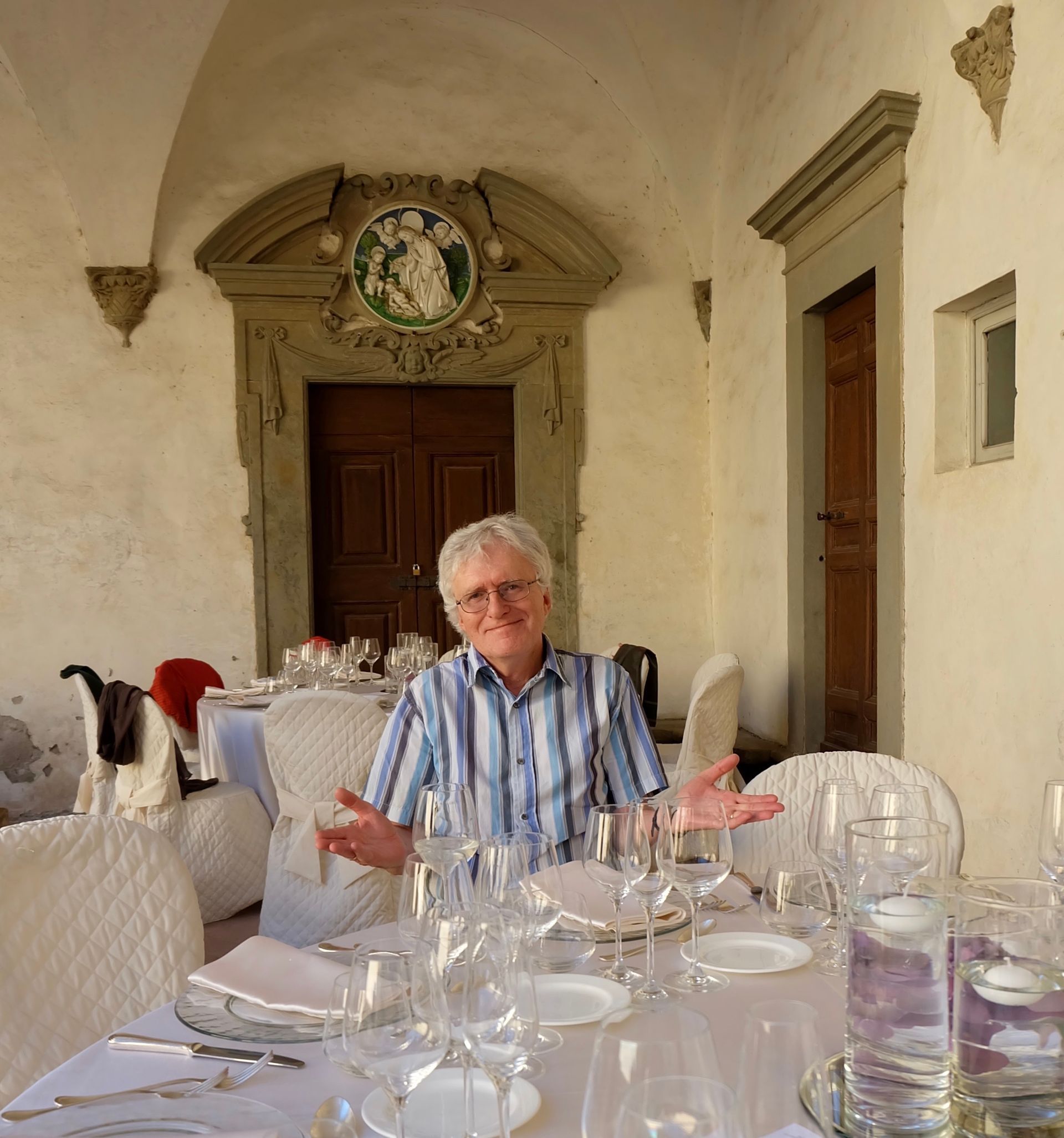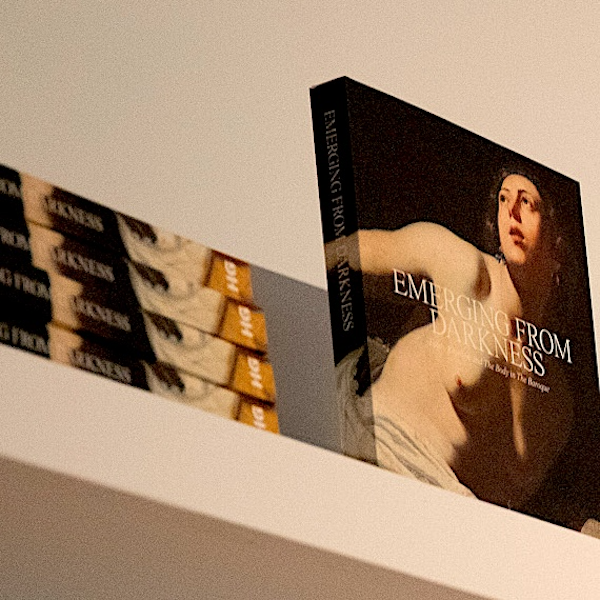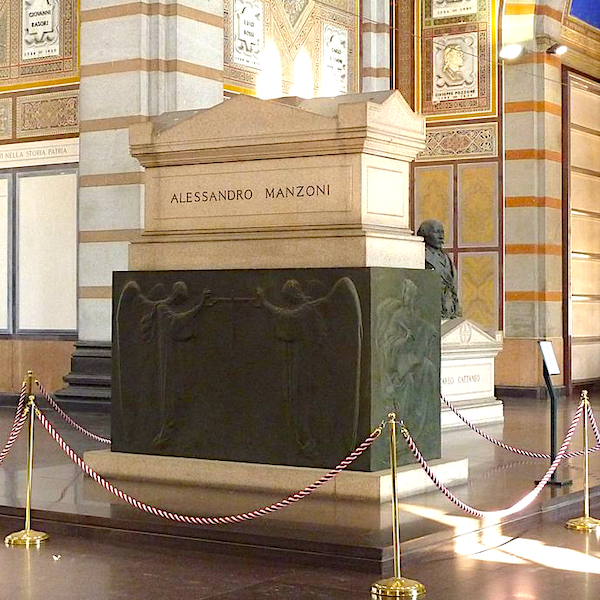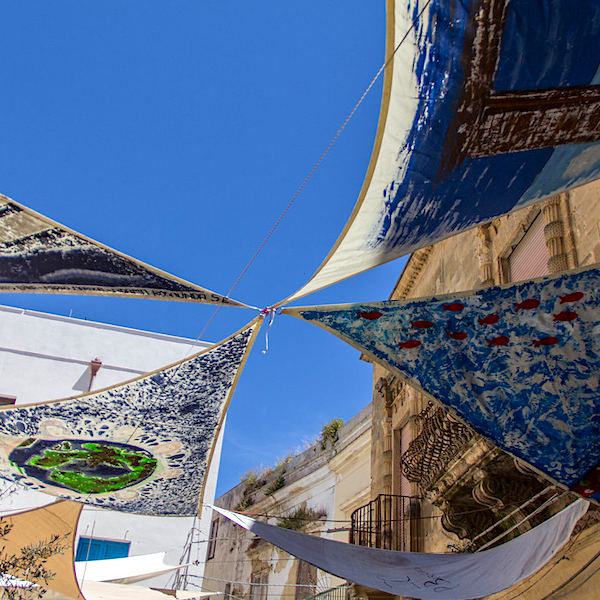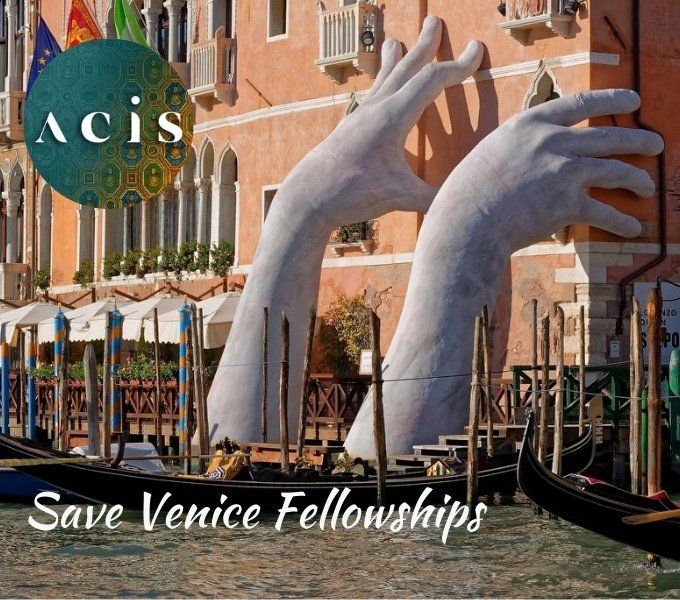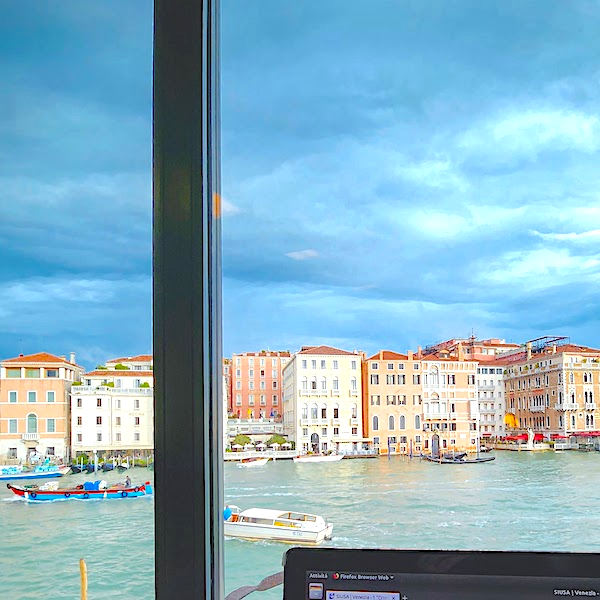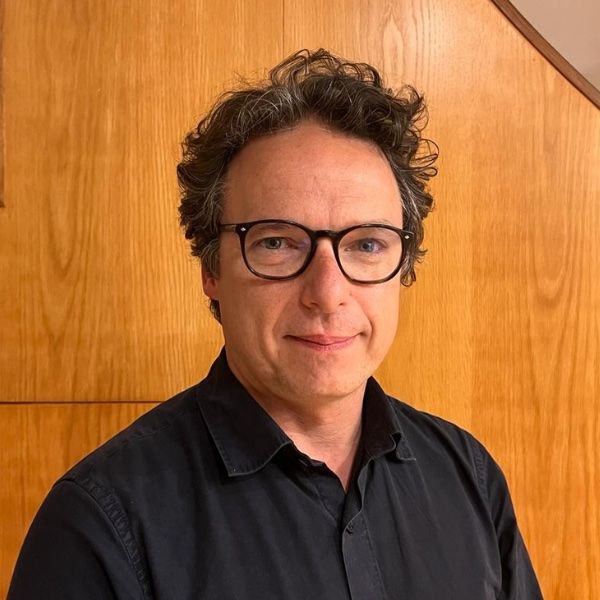Pope Francis, the Year of Mercy and Vatican II
Max Vodola, Catholic Theological College, Melbourne
Recently Pope Francis announced a Year of Mercy for the Catholic Church commencing on 8 December 2015 - the Feast of the Immaculate Conception - and concluding on the Feast of Christ the King, 20 November 2016. This jubilee picks up a number of key themes emphasised by the Pope since the start of his pontificate: a Church called to go to the margins, a particular concern for the poor and the marginalised, the injunction for priests and bishops to have 'the smell of the sheep' on them by leaving the comfort of their offices and sacristies, and the Church called to be a 'field hospital' that heals the wounds and warms the hearts of the faithful. In demanding a more humble CHurch, Pope Francis is modelling what spiritual writers call 'servant leadership', giving immense power and prestige to his office precisely by forsaking the many trappings of a monarchical papacy that have evolved over centuries, but in fact have little to do with the Gospel.
From the start of his pontificate his gestures have been many and legendary. Following his election to the papacy in March 2013, Pope Francis returned to the international house on Via della Scrofa in Rome to settle his account personally, rode in the minibus with the other cardinals and telephoned the newsagent in Buenes Aires to cancel his subscription. He made it clear that he would not live in the splendid isolation of the Apostolic Palace but would reside in Casa Santa Marta with other Vatican officials, celebrate the morning Mass for all and sundry and line up in the dining room to take his meals. He carries his own black briefcase and wears simple black shoes he brought from Argentina as opposed to red pontifical slippers. His vestments are unadorned including the simple silver pectoral cross he wears as opposed to dozens of ornate and elaborate crosses that are in the Vatican collection and available to him. He directly telephones individuals who send him heartfelt letters of illness and suffering. Archbishops in certain Italian dioceses that traditionally get the ‘red hat’ (Venice, Turin) are continually bypassed as Pope Francis makes major ecclesiological statements about the Church ‘at the peripheries’ by giving the red hat to bishops from Tonga, Myanmar, Panama and Cape Verde. On his recent visit to the United States he arrived at the White House in a small Fiat that was almost lost in the official motorcade of long, black armoured-plated vehicles.
His vestments are unadorned including the simple silver pectoral cross he wears as opposed to dozens of ornate and elaborate crosses that are in the Vatican collection and available to him. He directly telephones individuals who send him heartfelt letters of illness and suffering. Archbishops in certain Italian dioceses that traditionally get the ‘red hat’ (Venice, Turin) are continually bypassed as Pope Francis makes major ecclesiological statements about the Church ‘at the peripheries’ by giving the red hat to bishops from Tonga, Myanmar, Panama and Cape Verde. On his recent visit to the United States he arrived at the White House in a small Fiat that was almost lost in the official motorcade of long, black armoured-plated vehicles.
His style is noticeably simpler than his predecessor, Pope Benedict XVI and, in some respects, appears revolutionary. However, much that appears new, surprising and different about Pope Francis is not that new to the historical observer. The style and speech of Pope Francis seem to be closely aligned with the pope he most resembles from the twentieth century, John XXIII
(Angelo Roncalli) who surprised the Church and the world in summoning the Second Vatican Council
less than three months into office.  Roncalli and Bergoglio share a similar background in terms of ancestors from the north of Italy, working class origins, little direct experience in the Roman Curia and relatively unsurprising ecclesiastical careers. Angelo Roncalli surprised many following his election in 1958. He immediately banished the customary sign of obedience from the cardinal-electors that involved stooping low to kiss the pontifical foot, a gesture with obvious monarchical overtones. At his coronation ceremony he stated that while many expected the new pope to be a diplomat and a man of state, he was conscious that his primary concern was to be a shepherd and pastor going out in search of the lost sheep, an obvious reference to chapter 10 of the Gospel of John. Whereas his predecessor Pius XII (1939-58) left the Vatican nineteen times in nineteen years, John XXIII left the confines of the Vatican Palace nineteen times in his first month on extensive pastoral visits across Rome. When the regal and august figure of Pius XII was seen walking in the Vatican gardens, workers were instructed to hide in the bushes for fear of distracting the pope in prayer. John XXIII thought this was aberrant nonsense and insisted that the workers come out from the bushes and speak to him directly. When Pius XII received the editor of L’Osservatore Romano
, the poor man took dictation on his knees and promptly left the room backing backwards for fear of offending the supreme pontiff. John XXIII insisted that the editor sit beside him on a chair and then calmly walked him to the door. The pope also made a suggestion that the editor might find helpful. Rather than using (as was customary at the time) such elevated phrases as ‘from the august lips of the supreme pontiff came this magisterial pronouncement’, John XXIII suggested it was fine to write ‘the pope says’. When asked how many people work in the Vatican, Pope John replied ‘about half’.
Roncalli and Bergoglio share a similar background in terms of ancestors from the north of Italy, working class origins, little direct experience in the Roman Curia and relatively unsurprising ecclesiastical careers. Angelo Roncalli surprised many following his election in 1958. He immediately banished the customary sign of obedience from the cardinal-electors that involved stooping low to kiss the pontifical foot, a gesture with obvious monarchical overtones. At his coronation ceremony he stated that while many expected the new pope to be a diplomat and a man of state, he was conscious that his primary concern was to be a shepherd and pastor going out in search of the lost sheep, an obvious reference to chapter 10 of the Gospel of John. Whereas his predecessor Pius XII (1939-58) left the Vatican nineteen times in nineteen years, John XXIII left the confines of the Vatican Palace nineteen times in his first month on extensive pastoral visits across Rome. When the regal and august figure of Pius XII was seen walking in the Vatican gardens, workers were instructed to hide in the bushes for fear of distracting the pope in prayer. John XXIII thought this was aberrant nonsense and insisted that the workers come out from the bushes and speak to him directly. When Pius XII received the editor of L’Osservatore Romano
, the poor man took dictation on his knees and promptly left the room backing backwards for fear of offending the supreme pontiff. John XXIII insisted that the editor sit beside him on a chair and then calmly walked him to the door. The pope also made a suggestion that the editor might find helpful. Rather than using (as was customary at the time) such elevated phrases as ‘from the august lips of the supreme pontiff came this magisterial pronouncement’, John XXIII suggested it was fine to write ‘the pope says’. When asked how many people work in the Vatican, Pope John replied ‘about half’.
The real surprise came in his announcement of the Second Vatican Council and his opening address on 11 October 1962. He decried the ‘prophets of doom’ operating in the Roman Curia and insisted that the punctum saliens of the council was that the doctrine of the Church ‘be studied and presented through the forms of enquiry and literary formulation of modern thought’. The pope wanted a new language and style for what he discerned was a new historical epoch for the Church and the world of the early 1960s. He stated ‘at the present time, the Spouse of Christ prefers to use the medicine of mercy rather than the weapons of severity’. This was a radically new language for the Church: American Jesuit historian John O’Malley insists that Vatican II was ‘a language event’. Severity in the Church was very much in evidence in the early part of the twentieth century when so-called ‘modernist’ theologians were reported to Rome, suspended from their teaching positions, had publications banned and placed on the Index of Prohibited Books and in some cases were excommunicated. As a young priest-historian in Bergamo, Angelo Roncalli was denounced to Rome on suspicion of modernism and warned that his teaching position was in jeopardy.
The pope of Vatican II used prophetic words and gestures, spontaneous and direct speech as a new ‘pastoral’ mode for the Church of the twentieth century. Centuries of censures and condemnations were now to give way to a new mode of language that seriously and deliberately used dialogue as a tool for theological discourse. On the 50 th anniversary of the close of Vatican II, Pope Francis by his own admission has stated that he wishes to keep the event of Vatican II alive and recover so much of the rich theology that seems to dominate the language and pastoral style of his papacy. The rich theology of Vatican II is seen most clearly in its documents such as the Constitution on Divine Revelation ( Dei Verbum ) which states, ‘the Council wants the whole world to hear the summons to salvation, so that through hearing it may believe, through belief it may hope, through hope it may come to love’.
